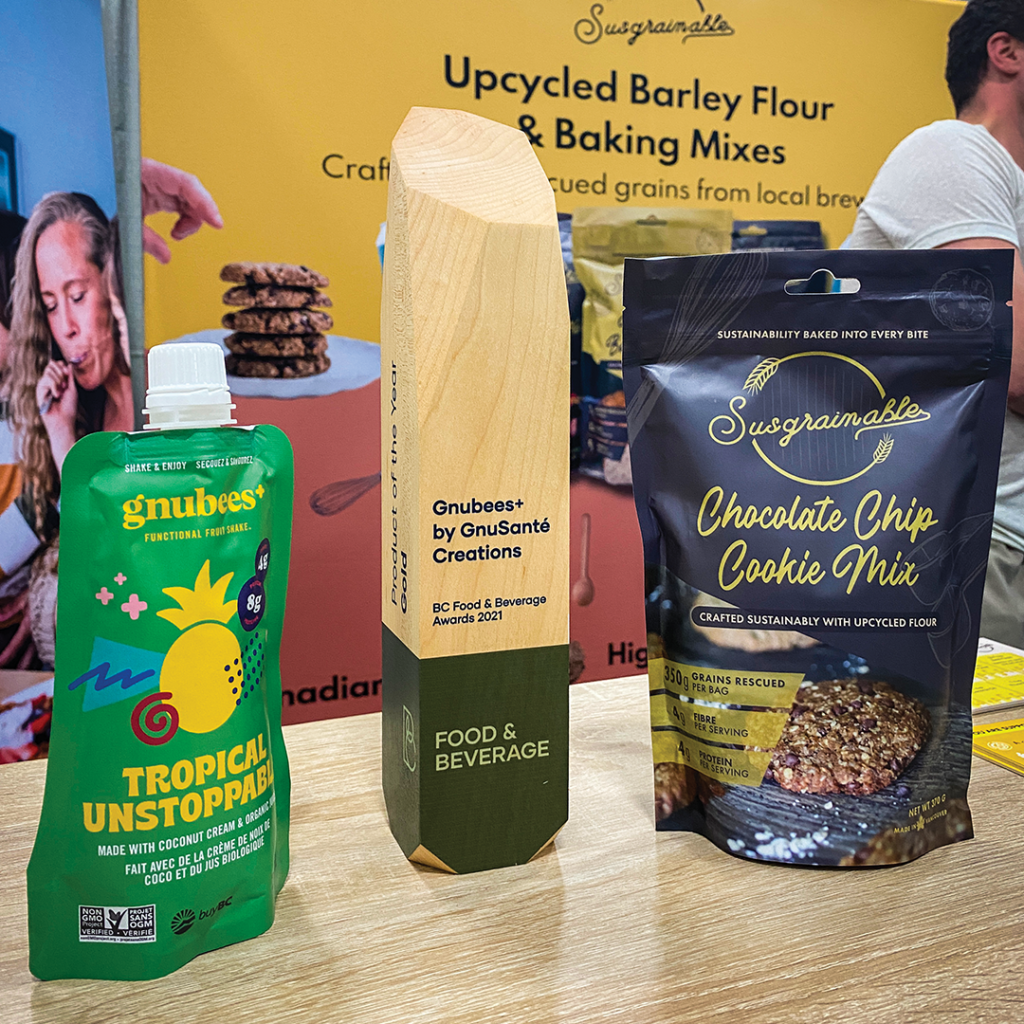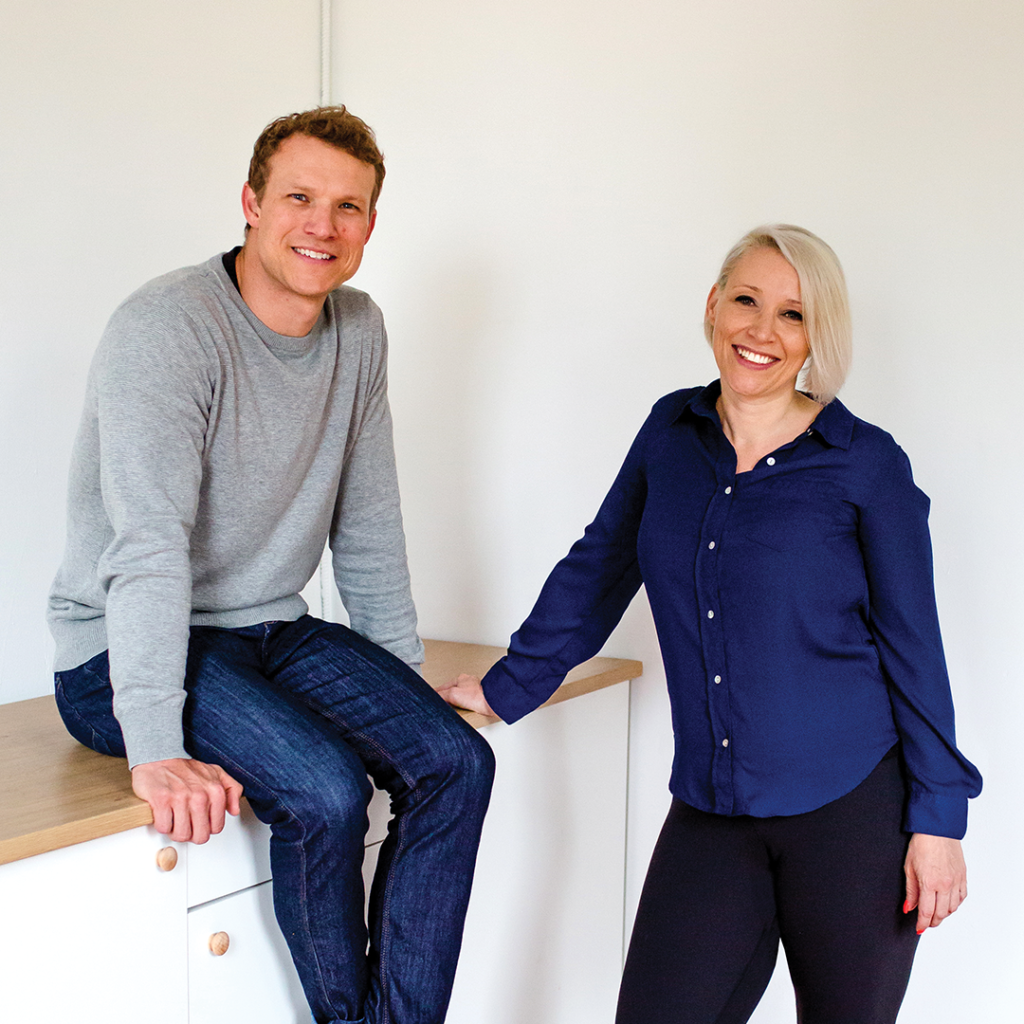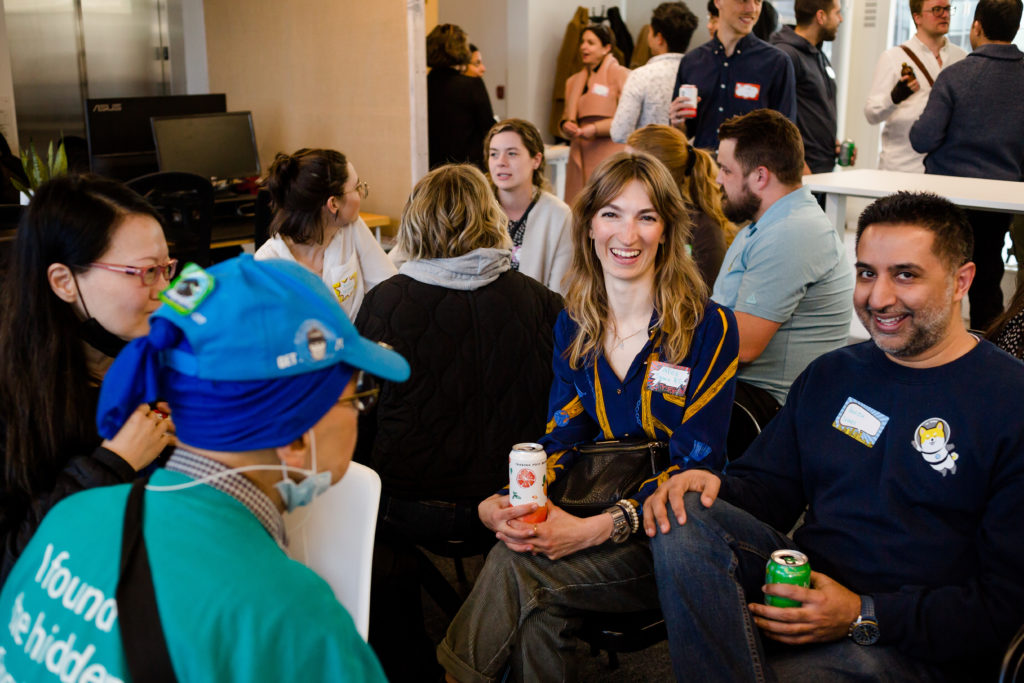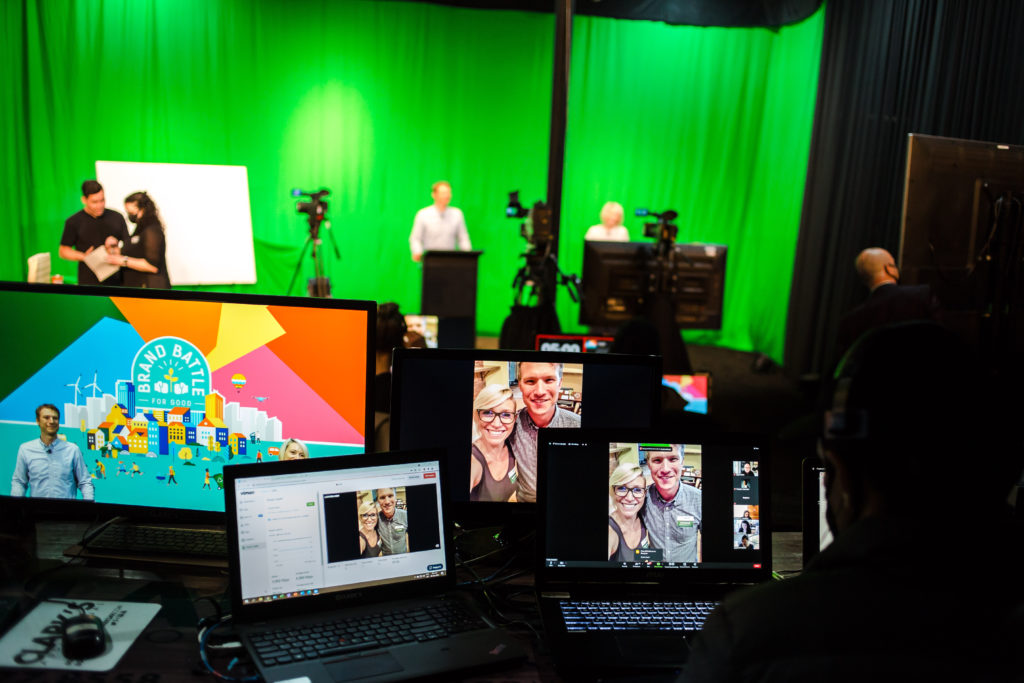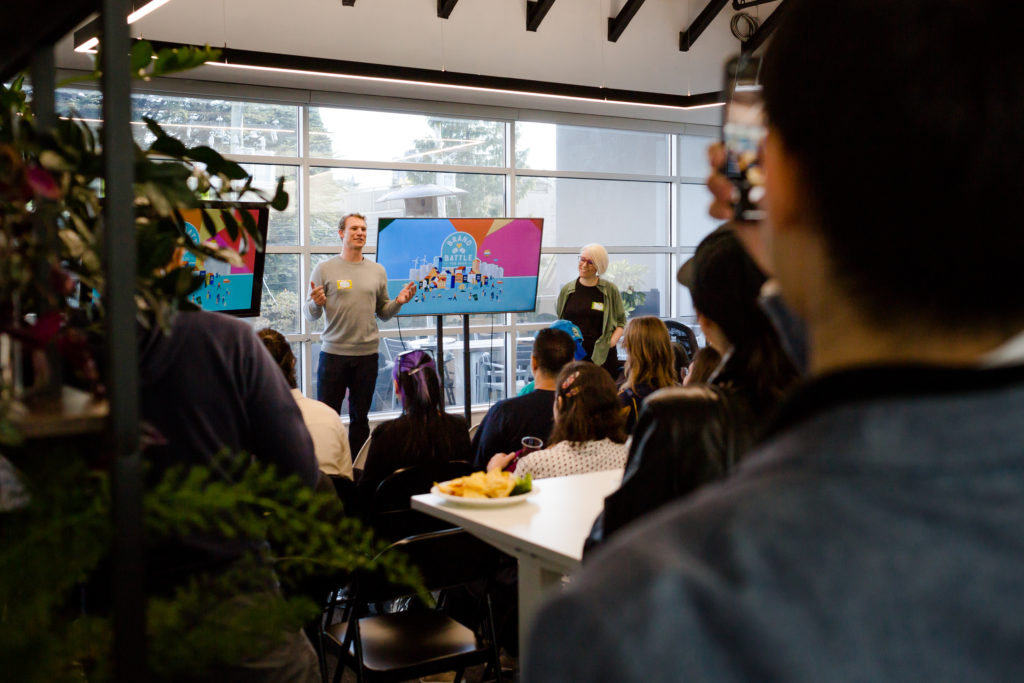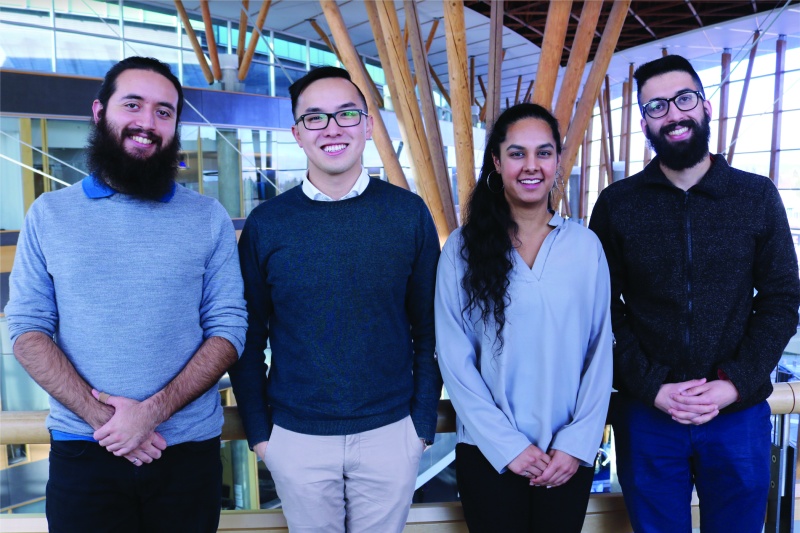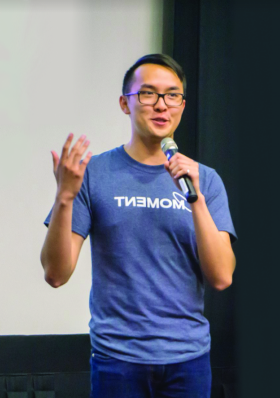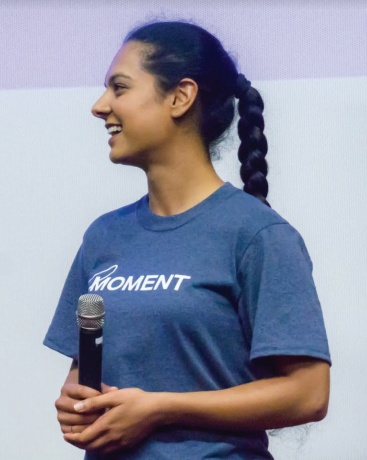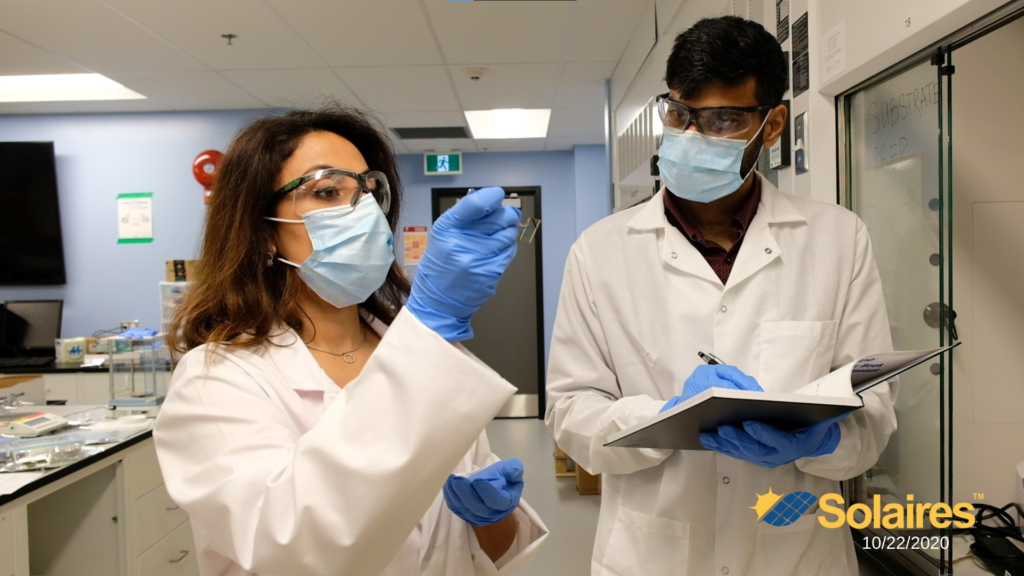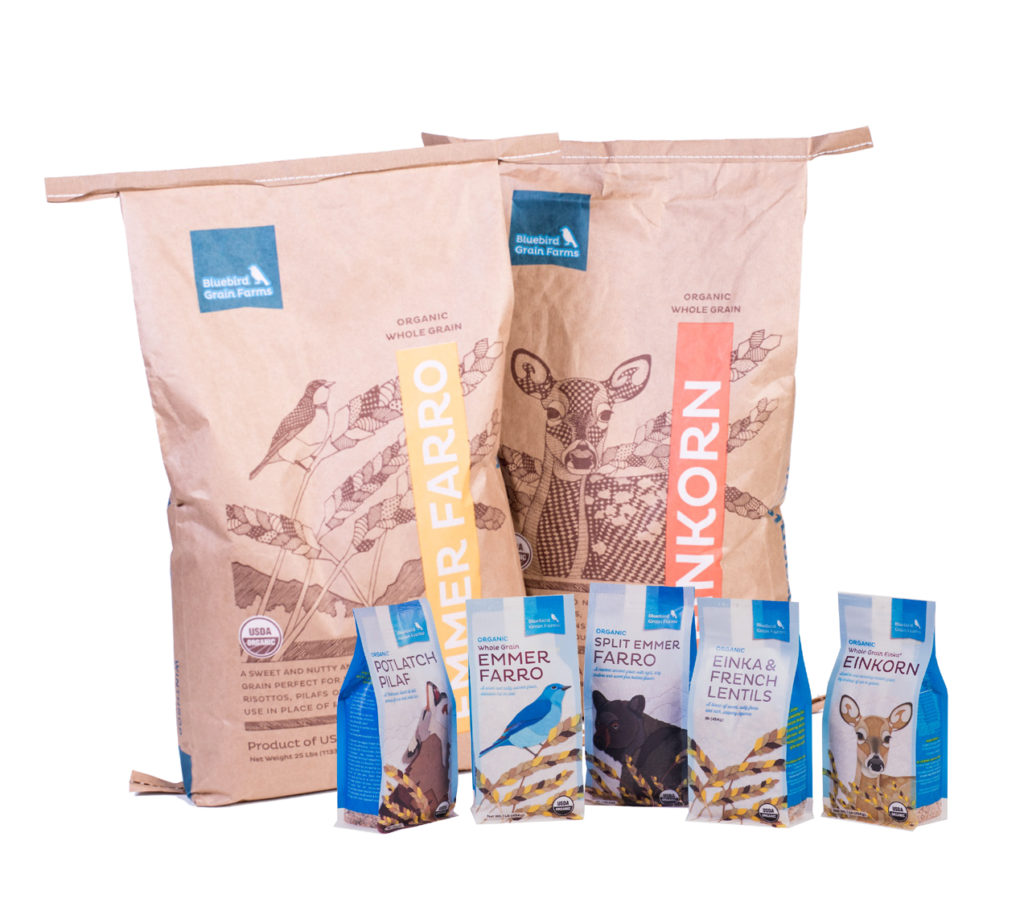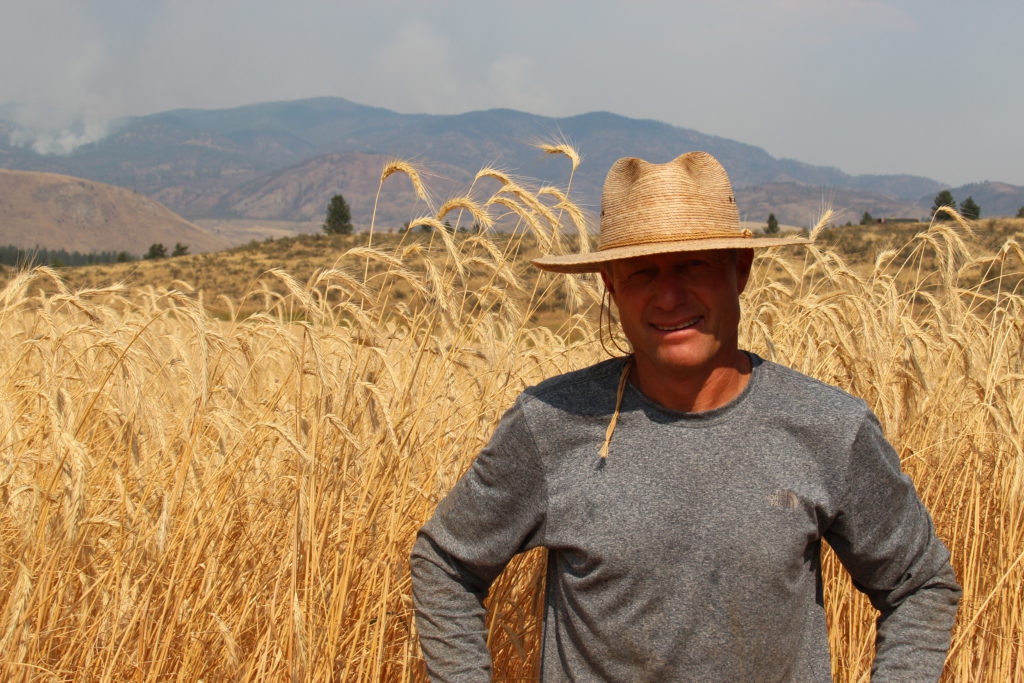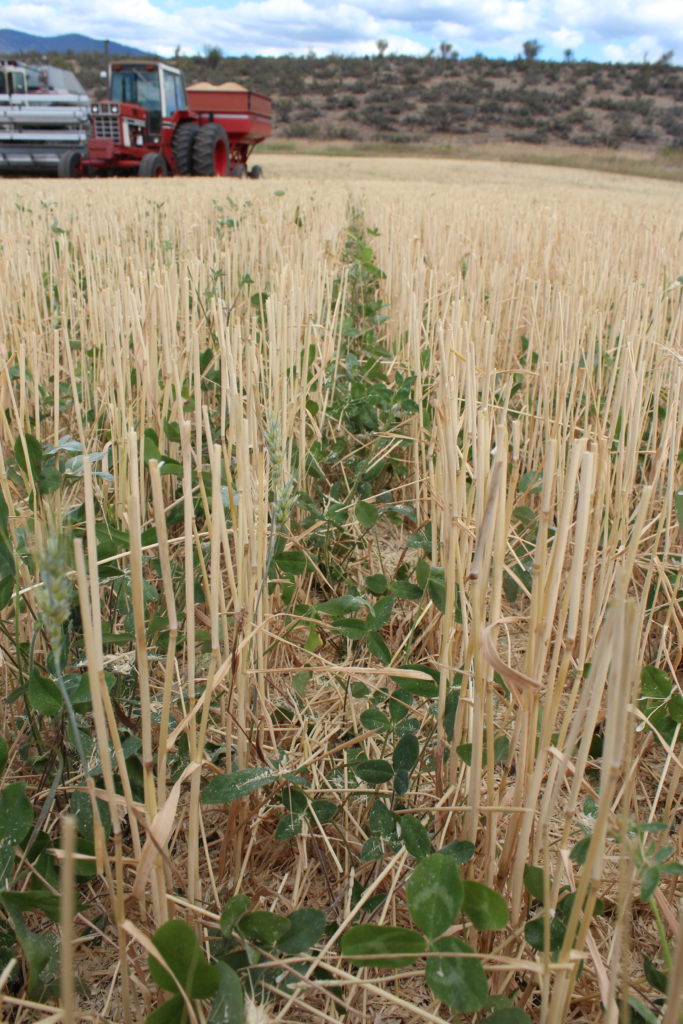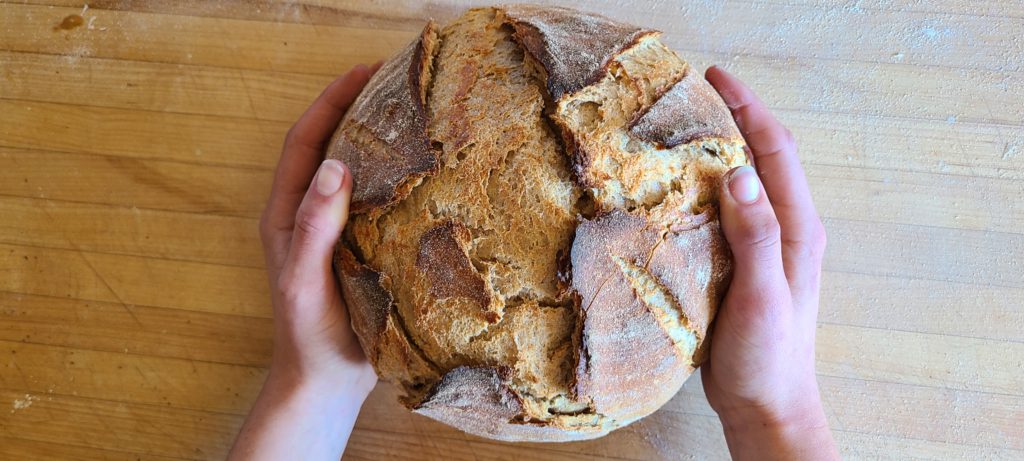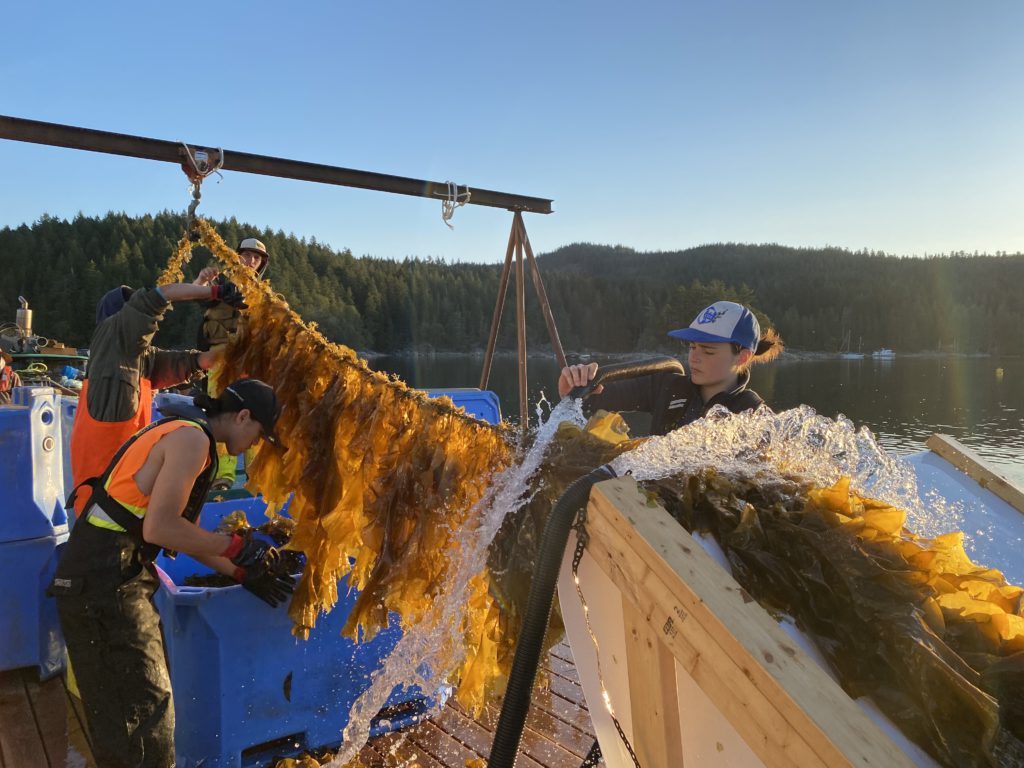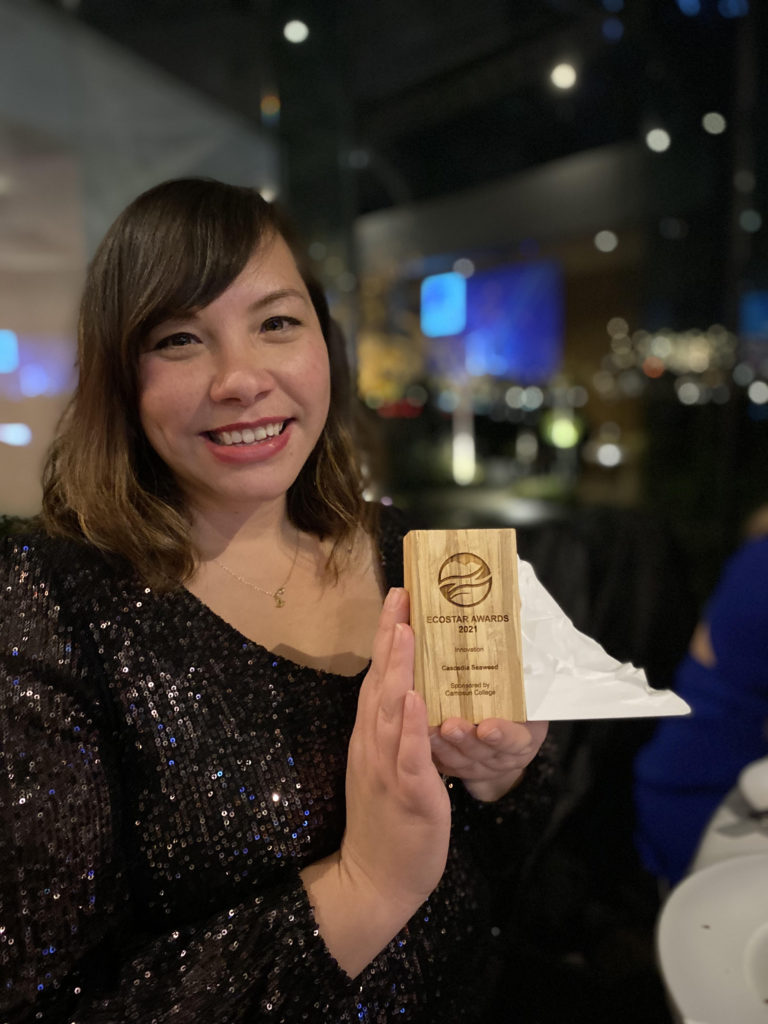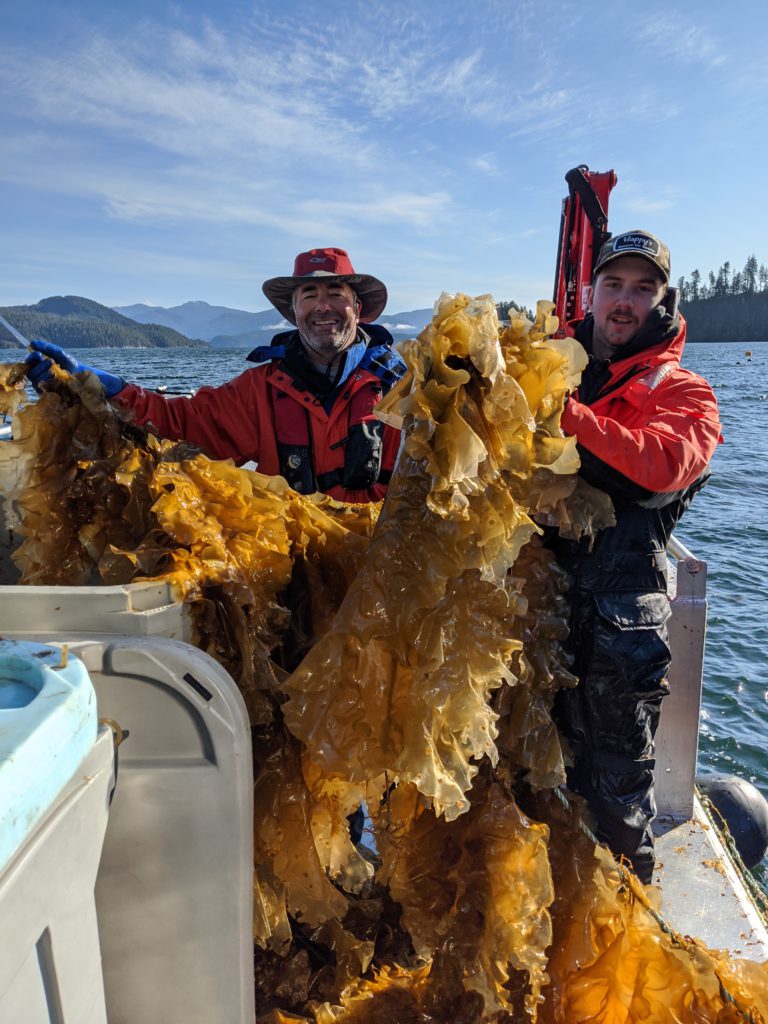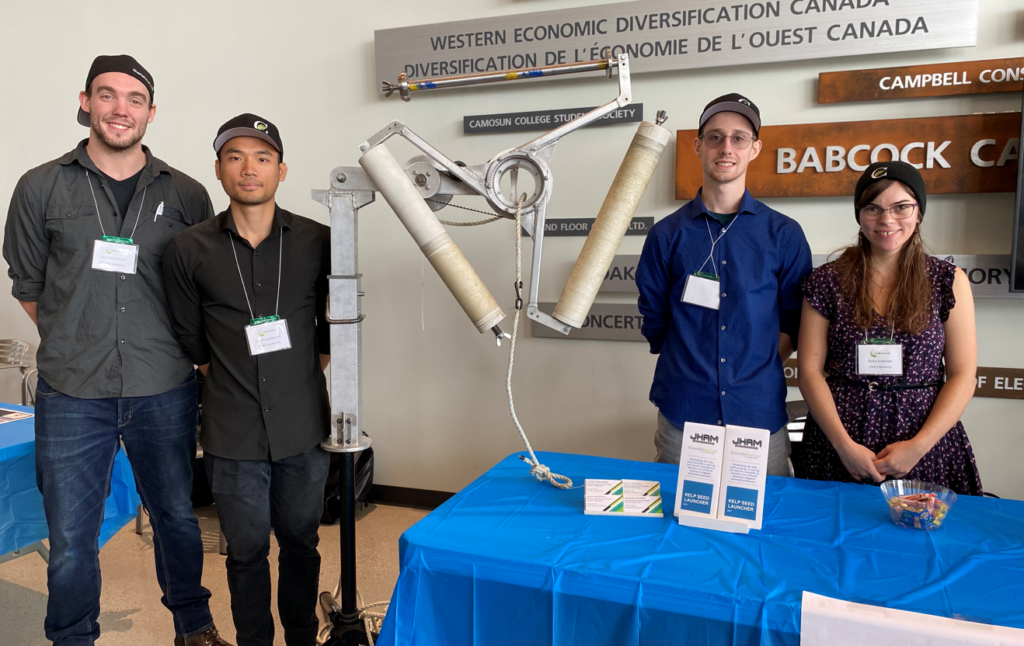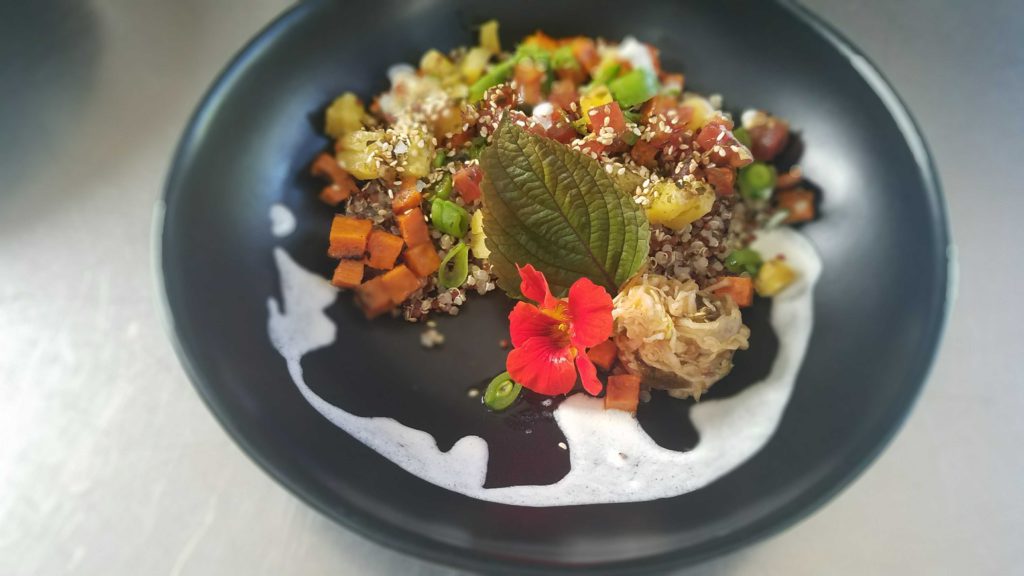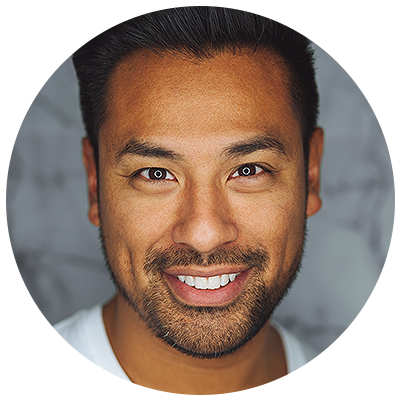From Canada to Copenhagen, food waste is a pressing issue around the world. The need to improve how we minimize, dispose of, and reuse food is a key piece to sustainability and managing increasing food costs. So, together, let’s save some cheddar — literally and figuratively.
Too Good To Go started to combat the global food waste problem and saw the opportunity for businesses and individuals to save money at the same time. We spoke with Sarah Soteroff, PR Manager, about how this Copenhagen-headquartered organization has expanded to 17 countries (and growing).
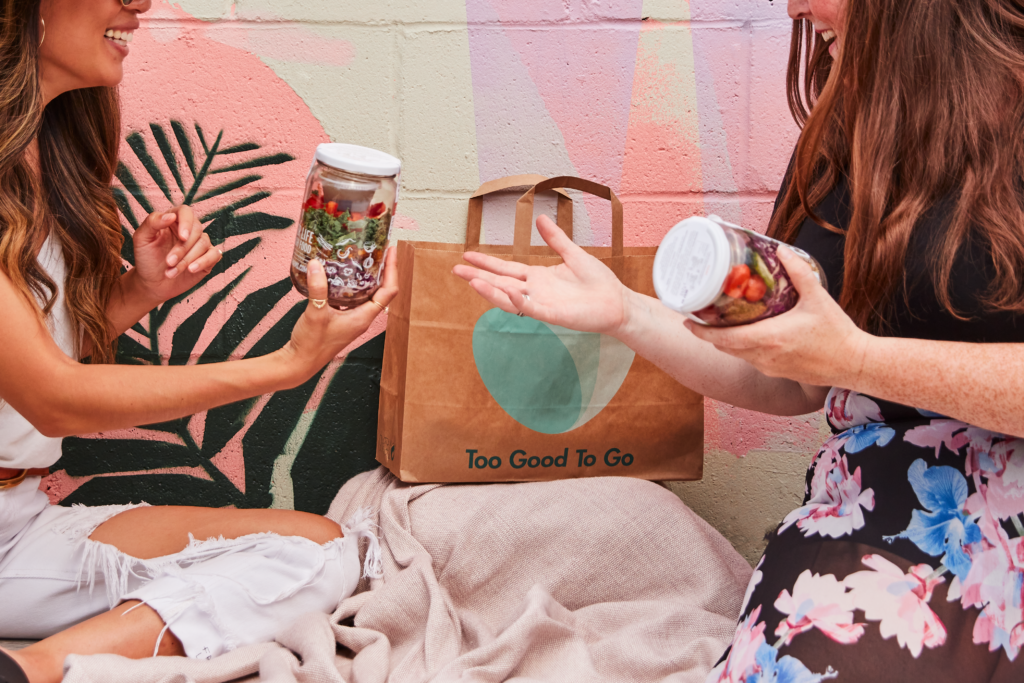
Tell us about Too Good To Go’s mission.
Too Good To Go is a social impact company with a goal to end food waste globally.
What inspired you/your founders to start your organization?
Too Good To Go was founded in Copenhagen, Denmark in 2016. Our Founders were dissatisfied with the amount of waste being thrown away at every level of the food industry — at home, grocery stores, and restaurants — and believed there must be a better way to save food, money, and the planet.
What were some of the challenges you/your founders encountered?
Like any start-up, getting capital to fund the operation was the first big challenge. As well, it was initially challenging to spread the word to consumers to use our service — which started as a webpage and eventually evolved into an app — while simultaneously getting businesses on board to ensure consumers have a high selection of options when they use our service.
What do you consider to be Too Good To Go‘s biggest success?
To date, globally, we have saved 144 million meals from going to waste in 17 countries, with more than 168,000 partners. These numbers are staggering; they tell us that food waste occurs at every level and in every country, and that there is an appetite (pun intended!) for this type of business to connect food sellers with consumers, as shown with 64 million users of our app and 163 million of our surprise bags sold to-date globally. It also tells us that people are actively concerned with lowering their personal footprints and that sustainability doesn’t have to mean a sacrifice.
In Canada, we have surpassed the 800,000 meals saved milestone in less than a year. We launched in seven markets and surrounding areas, and we have signed more than 3,000 partners — and we’re just getting started!

What makes Too Good To Go unique?
We are a registered B Corp; our status has just been renewed, and this means we are held to the highest sustainability standards. However, we recognize that food waste isn’t just a sustainability issue — it’s also a monetary one. We provide a mechanism for businesses to make money off their surplus food while also doing something great for the environment. At the same time, we help consumers save money on necessities, the costs of which we know are always rising, and, yet, have to be purchased. We provide a win-win-win model for everyone along our journey.
How do you feel your organization makes the world better?
Whatever small impact we’re making we are tremendously proud of. By spreading the message of eliminating food waste, we hope to give people across the world the tools to make small changes at home, grocery shopping, and dining out that will have massive global impacts. Eliminating food waste starts at the local level and doesn’t require huge changes to your lifestyle or spending — in fact, you may even save money! We love the planet and want it to last longer, which is why we need to eliminate waste at every level.
Tell us about Too Good To Go’s goals.
Three simple words: end food waste!
Are there any upcoming initiatives or projects you’d like to share?
We celebrated our one-year anniversary in Canada in July and are celebrating our one-year anniversary in Vancouver in September, which happens to coincide with the UN’s International Day of Awareness of Food Loss and Waste (IDAFLW). We encourage everyone to make September 29 a day of zero food waste across Canada. It can be as simple as not throwing out a brown banana, and instead, freezing it for smoothies or making a baked good out of it!

What do you most want people to know about your organization?
Ending food waste is possible; it’s achievable and necessary.
How can people help or contribute to Too Good To Go’s mission?
Download our app Too Good To Go in the App or Google Play store and start saving delicious food and money from local businesses today. If you’re a food business, sign up today and start making money off your surplus food waste!
This story was featured in the Make The World Better magazine:
Learn about more world-changing individuals and organizations:
- Brands for Better Foundation: Uniting for Impact
- Circular Rubber Technologies: Re-Tiring Rubber Waste
- Circular Economy Leadership Canada: Advancing Innovation
- EcoMeter: Measuring Foodprints to Support Sustainability
- Enerkem: Repurposing Waste to Fuel Our Lives
- FoodMesh: Rescuing Food for the Sake of People and Planet
- Project Learning Tree Canada: Planting Conservation Literacy
- Susgrainable: Fighting Food Waste with Fibre
- Textile Lab for Circularity: Weaving a Circular Solution

